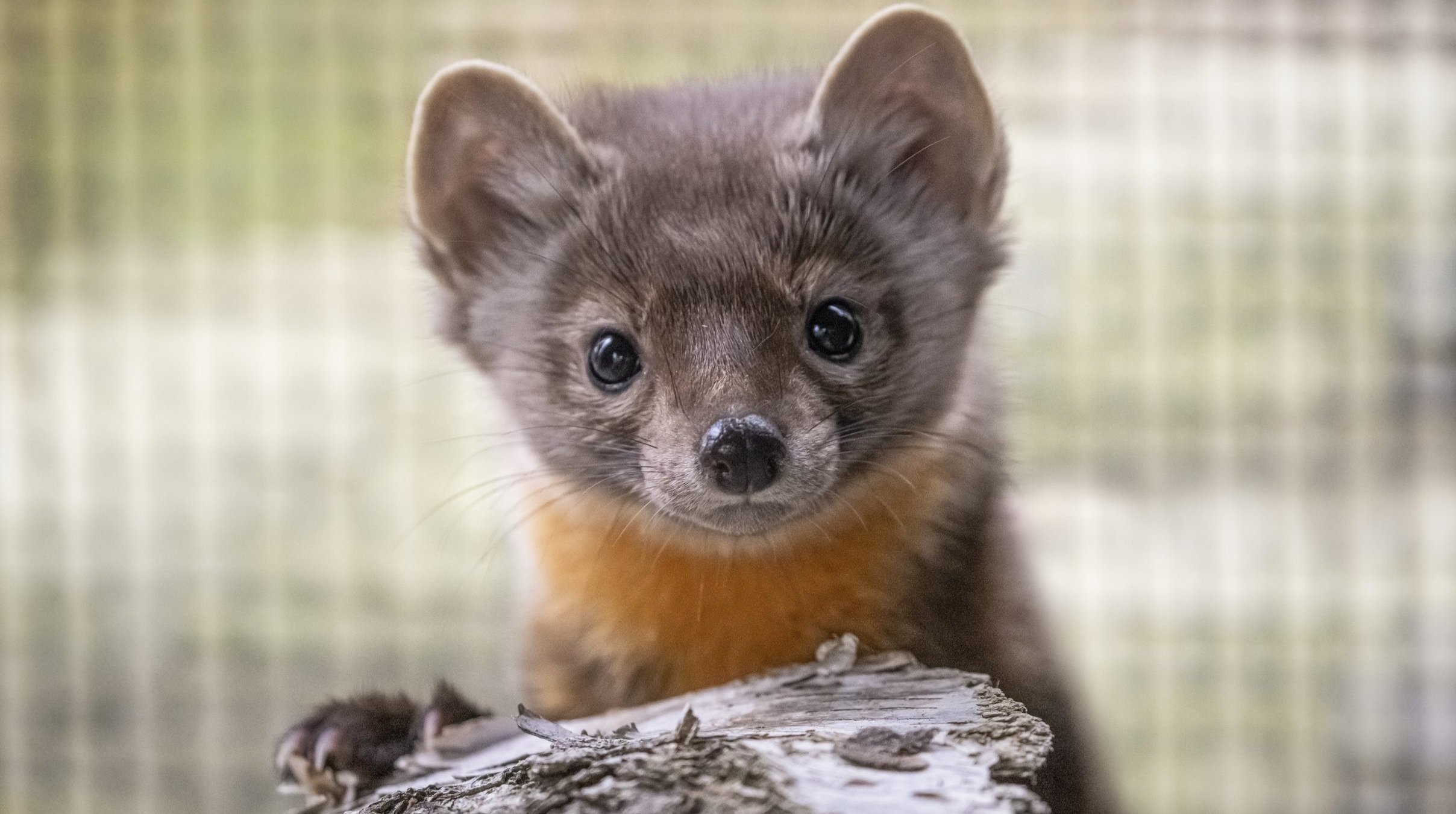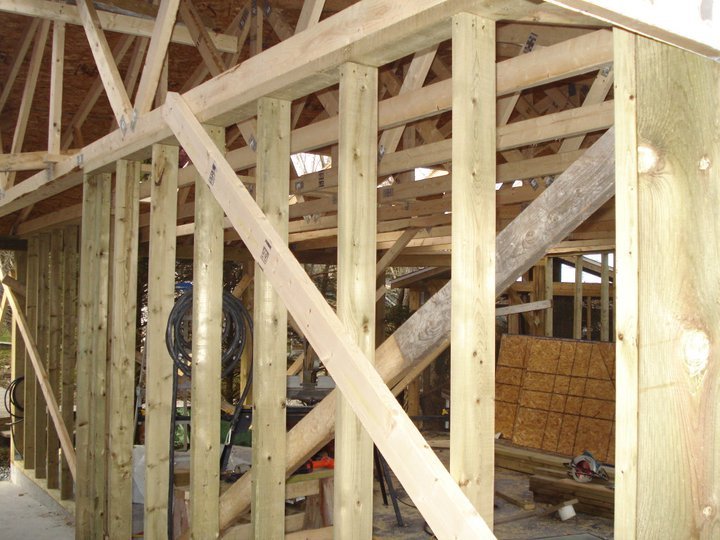
Facility Enhancement Fund
Hope for Wildlife
Thank you for your submission, someone will reach out to you soon.
At Hope for Wildlife it all begins with a DREAM
Hope for Wildlife began as a dream inHope’s home on the east coast of Canada and has grown into a facility that helps thousands of injured and orphaned wildlife every year. We have been able to grow, achieve our goals and build a reputation of excellence in wildlife rehabilitation through generous donors like yourself. When you contribute to one of Hope for Wildlife’s major enhancement projects, you contribute to the well-being of our community, the wildlife that live in it and the ecosystems they rely on to survive. We are always striving to provide better care for our wildlife and a major part of that is to ensure we have modern facilities that are designed to provide as natural an environment for the wildlife as possible thus increasing the number of successful releases back into the wild.
We believe if we Dream it, we can Build it and Grow it, but we need your help. If you are interested in supporting one of our imperatives, please reach out to us and we would be happy to address any questions about these projects you may have.
Facility Enhancement Funding
Hope for Wildlife
-
Spaces Fund.
Our spaces fund would allow our rehabilitation center to have more space to prevent the spread of disease, assist healing, and promote recovery. Larger, quiet, outdoor spaces will give us the opportunity to place our wild patients in a more remote area and truly let them explore the landscape they will experience upon release. Secluded patient facilities will allow patients to make a full, true transition and be as prepared as possible for their Freedom Day.
We estimate this to be a $1-$2 million investment.
-

Take Flight Fund.
We see more birds of prey than ever, and with increasing human-wildlife interaction as cities expand, we need to be prepared to handle more birds of prey at one time. Flight cages help these patients to start to use their wings as they prepare for release, as well as rebuild muscle potentially lost while receiving medical treatment.
We estimate a $500,000 investment to build holding units for large birds
-

Mammal Unit Fund.
Additional mammal rehabilitation units are needed as we see record numbers of patients arriving for treatment. The addition of our new marine unit in 2018 saw our marine wildlife release rate increase from 70% to 90% - showing the importance of updated recovery units for all our wild patients.
With a $150,000 donation, we could build several updated mammal units.
-

Power to Heal Fund.
The need for a generator to run all our medical facilities is increasing as weather patterns become more intense across our region. Hurricanes are becoming more frequent, and we have found ourselves without power for more than a week as a result. With only certain areas of our treatment facilities are powered by the current generator it makes caring for our patients extremely difficult. Our patients need a consistent level of care, regardless of the weather outside.
We estimate with $100,000 we would be able to power our entire facility with an auto-start generator.
-

Water for Wildlife Fund.
While the view of the ocean from our facility is beautiful, it comes with issues with wells and water supply. Our community sees high levels of arsenic, manganese, and salt in our drinking and tap water. We need to provide our staff, volunteers, and patients access to safer tap and drinking water.
Funding of $75,000 for a full facility water treatment system will achieve this.
-

Wi Fi for Wildlife Fund.
Our medical database, emergency wildlife hotline, and business operations run on internet and Wi-Fi. Our current set-up has multiple networks and several “dead-zones” where we have no cellular or internet service. With increased service for cell phones and Wi-Fi; this will improve staff safety and communication, benefit our patient records, and allow members of the public to have Wi-Fi access as well.
A $40,000 investment would allow Hope for Wildlife to set up a mesh network system covering our entire facility.
-

Drop Off for Wildlife Fund.
Our home for wildlife fund Hope for Wildlife emergency services extends across all of Nova Scotia, from Yarmouth to the Cape Breton Highlands. Our network of volunteers assist our facility and the public to transport animals for hours each day to our rehabilitation center for treatment. Members of the public in Cape Breton Island are often willing to come to this landmark to meet someone, but with a satellite center in the area, patients could be triaged and receive emergency stabilization and pain medication before their almost 4-hour journey to our hospital.
With a $250,000 donation, we would have the ability to build or purchase a drop-off center at the Canso Causeway.

